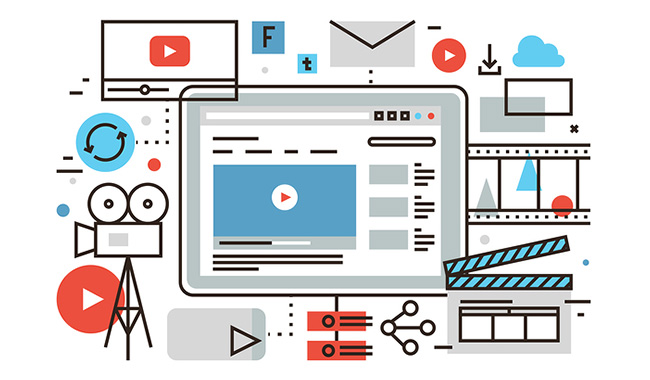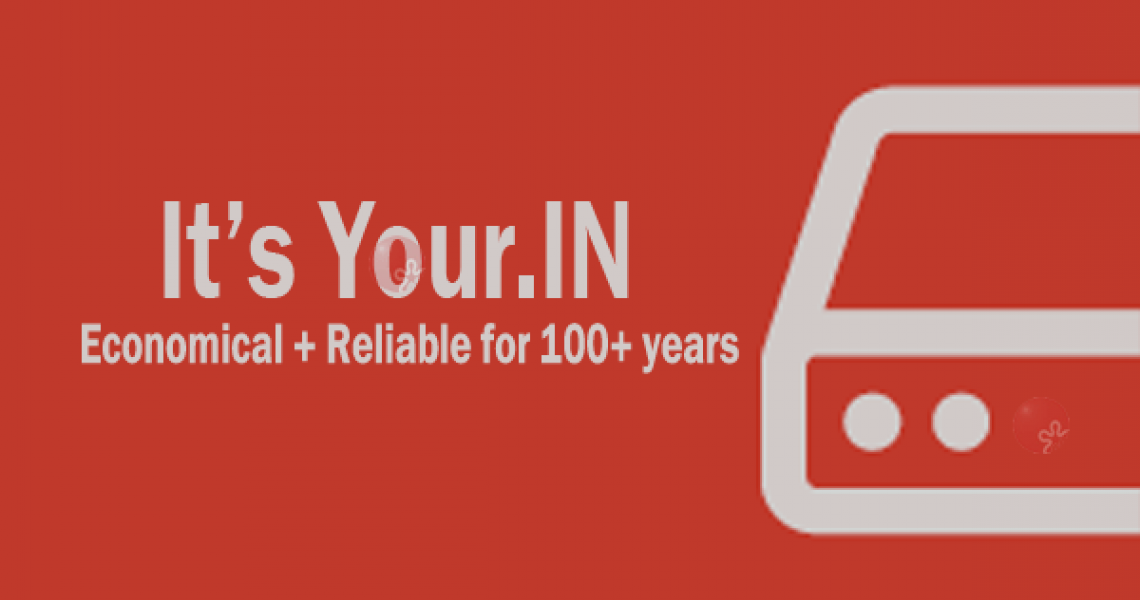Every era has had its respective technological breakthroughs. Web browsing started with Gopher, which eventually gave rise to the birth of HTTP. Then came the era of the simple website layouts when NetScape was at its prime. 1997 onwards was when web design started to evolve. The mid 2000‘s was a time when a standardized website layout pattern began to really develop.
Web professionals needed to come up with newer visual styles and formats to cater to the rapid growth of technology. Today we build eye-catching, responsive websites with minimalism. We’ve reduced fluff and visual noise. But innovation doesn’t stop there, web design has moved in tandem. This is the era for geometric shapes in web design.
I think geometry is something that is more than just the points mentioned above, which are merely applied concepts of Geometry. I’m going to quote one of Plato’s work which is a dialogue between Plato and the protagonist, Phaedrus.
“Yes, Socrates, you can easily invent tales of Egypt, or of any other country. But even if not of divine origin, the objects of geometry are not to be found in the physical world. They are pure abstractions, creations of the human mind.”

What Phaedrus tries to imply is that geometry is a-priori, it existed even before the human mind was capable of comprehending shapes and structures. All of mathematics is a-priori and that we are governed by its laws.
All designs, no matter how silly or weird they could appear to be, are based on geometry and are governed by these laws. Let’s take a look at how incorporating geometric shapes in websites can have an impact on visitors.
The purpose of design is to stimulate a user or visitor. Using geometric shapes (and their respective symbolic meanings) can have a bigger impact on an individual’s subconscious than you think. They can really prep up your client’s website and keep visitors coming back. Do you incorporate geometry in web design? Start Small, Extend and Prioritize:
So, with websites. As you start to use your site you will have ideas and wants and needs. If you have started small, with a view to extending your site, these ideas can be embraced and your site will grow with you as your experience and that of your users illustrates what the needs really are. Change can now be embraced, nurtured and turned into features that both you and your users really love.
The irony is, that in most traditional websites, everyone is asked to do most of the planning, thinking and budgeting at the very outset - which is the point where everyone concerned has the least knowledge about the project, its constraints (both known and hidden) and its goals. This is essentially gambling and is fraught with the danger of failure. To illustrate a staged approach to web development, we have simple timeline approach to each web project.
Day One - Buy a Domain Name (cheapest at https://l.osspl.com/q) and basic server space with FTP. Use Filezilla to upload a simple html page with logo and few address lines. There can also be a contact form on the site. Here we set up a solid, responsive loot, but will intentionally keep the design very simple so that we can embellish it later.

Pre-launch - Upload site on a tuned, less-crowded, non-hyper, managed linux hosting platform and ready to live!
Launch Day - We go live with a great looking, dependable, flexible, and fast, responsive site. The site is saving us time and money, increasing our visibility and working for us - from the start.
After 1 month: We decide that we want a blog, in order to entice visitors and to establish ourselves as thought leaders in our industry. Additional design and styling to make the blog articles look pretty.
After 2 months: The blog is going well and getting readership. Time to get further traction and extend our reach into social media. We build in share and follow buttons and Twitter cards to drive traffic.
After 4 months: We decide to integrate mailer software to let people sign up to our new newsletter, in order to increase our reach and better communicate with prospective customers. We get a newsletter signup form section on all pages.
After 6 months: We decide to open up interactions with visitors, adding comments, with spam protection.
After 8 months: We launch a range of beautiful products sold through a fully featured, integrated e-commerce solution from our site.
After 12 months: We develop mobile apps for Android, Apple, Windows, Blackberry etc... and integrate with the website